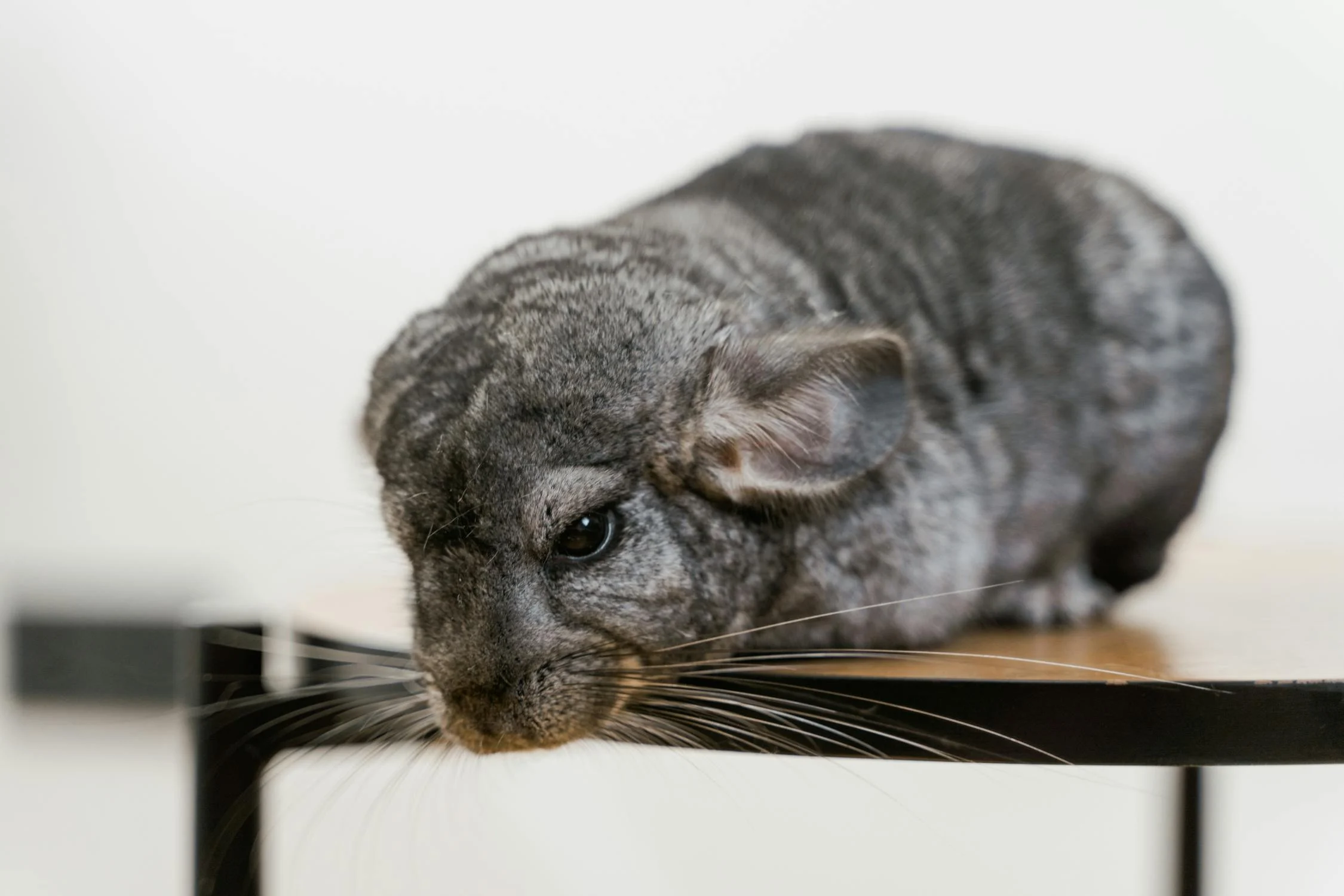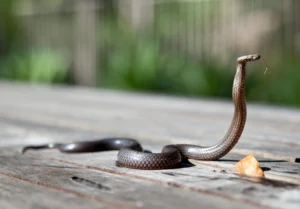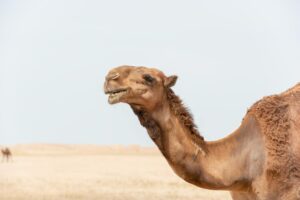What do you know about the chinchilla?

The soft, clean, and wonderful description may not be what you expect when describing rodents, but it is the perfect description for the chinchilla, a rodent native to the Andes Mountains in South America.
There are two types of chinchillas: long-tailed chinchillas and short-tailed chinchillas. Both types of chinchillas are considered endangered according to the Red List of the International Union for Conservation of Nature.
The long-tailed chinchilla measures about 26 cm (10 inches) in length, with a long tail of 13 cm (5.1 inches). The length of short-tailed chinchillas is about 23-38 cm (9-15 inches), with a long tail measuring 7.5-15 cm (3-6 inches).
The weight of a chinchilla reaches 800 grams (1.75 pounds). In addition, chinchillas are famous for their extremely soft and very dense fur, which is blue-gray in color. Their fur provides them with warmth and protection. The predator may end up with a mouth full of fur while chasing the chinchilla.
Other distinctive features include their large dark eyes and their large upright ears. They also have whiskers like cats. These adjustments help them navigate at night when they are searching for food. The chinchilla can be nocturnal (active at night) or crepuscular (active at dawn and dusk).
What do chinchillas eat?
Chinchillas eat grass and other plants. They get enough water from the plants they eat, but they may supplement it as needed with morning dew. It is well known that they sometimes eat insects as well. Regular chewing of plants helps prevent their continuously growing teeth from growing too much.
Another interesting fact about chinchillas is that they eat their food twice! After the chinchilla eats the plants, it produces a special type of waste called cecotropes, which it eats and digests.
This psychotropic contains undigested nutrients.
Social life
Shinshils live together in large colonies and are very social. More than 100 chinchillas can live together in a herd. One of the benefits of this is safety. When they venture out to search for food, at least one chinchilla will act as a lookout. The observer will issue a warning in case of imminent danger. The predators of chinchillas include hawks, owls, foxes, and snakes.

Breeding of chinchillas
Another benefit of their large colonies comes in raising the young. Within their herds, groups of chinchillas are separated into families. Both males and females help in raising the young. They mate for life and produce 2-3 offspring each year, referred to as “clutches.” Females become aggressive during the breeding season (from May to November), but they will later help in caring for the young of other families. The little ones are born with fur and are nursed for up to 8 weeks.
In the wild, a chinchilla lives for about 8-10 years.
Presence and extinction
Chinchilla animals are considered endangered in the wild, although you can see them in zoos or even in pet stores. They are at risk due to habitat loss caused by livestock farming, agriculture, and mining. They have also been trapped because of their fur, which is used to make luxury goods, such as coats.




